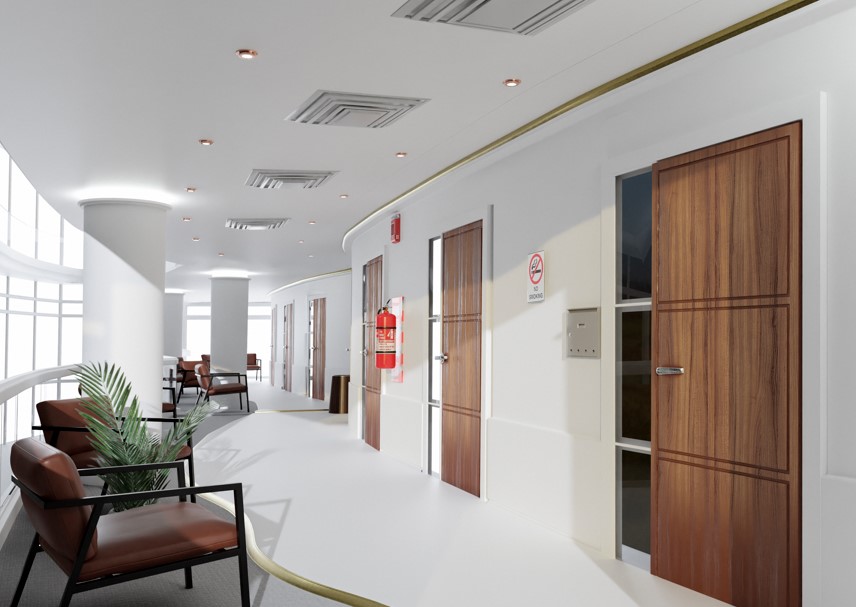10
Aug 2024
Aussie Hospitals Facing Crisis: Why They’re on the Edge
Published in News on August 10, 2024

John Karagiannis, 61, first noticed a problem with his vision when he struggled to clearly see his sons playing football on Saturday mornings. A visit to Specsavers led to a cataract diagnosis. Despite having private health insurance since he was 18, Karagiannis was surprised by the high out-of-pocket costs for cataract surgery. He ended up paying around $5,500 for the surgery on both eyes, which included the initial consultation, anaesthetist’s fee, and hospital charges. Most of these expenses had to be paid upfront before receiving reimbursement from his insurer. Without insurance, he estimates the cost would have been about three times higher.
"Even with insurance, I still had to come up with $5,500, and a significant portion had to be paid upfront. If you're going the private route, you really need to have an extra $5,000 on hand," Karagiannis explains. "While reimbursement was possible and the process was relatively swift, I wouldn’t have rushed into the surgery if I didn’t have the funds."
Karagiannis's experience highlights a growing issue in Australia’s private health system: rising costs for surgeries, specialist consultations, and medical procedures. This strain is compounded by increasing expenses and wages, along with a trend towards day surgeries instead of prolonged hospital stays.
Health insurers are resisting calls from hospitals to increase their payouts, arguing that such increases would lead to higher premiums, making private insurance unaffordable for many. This issue has become a significant political challenge for the Albanese government, as it faces an election centered on the cost-of-living crisis. While health insurance is intended to ease financial burdens for the 15 million Australians with policies, the increasing out-of-pocket costs are making many question the value of their premiums.
Doctors and surgeons are concerned about the impact on Australia’s medical care quality. They warn that the balance between government-run hospitals, private facilities, and the health insurance sector is under strain. Some experts believe an overhaul is needed, especially given advancements in medical technology that reduce the need for long hospital stays.
Health Minister Mark Butler’s inquiry into Australia’s 650 private hospitals has revealed that financial surpluses are insufficient for ongoing investment. The inquiry points to a shift towards same-day procedures. Nick Coatsworth, a former deputy chief medical officer now at a Canberra hospital, notes that “Private hospitals need to maintain high patient volumes but lack the financial incentive to provide ‘high value’ care over ‘low-value’ care. Meanwhile, insurers benefit from people staying healthy and avoiding hospital admissions.”
Insurers are seen as better positioned to drive innovation and focus on preventive medicine and short-stay visits. While both insurers and private hospitals need to profit, insurers have a positive incentive for enhancing healthcare, whereas hospitals often rely on outdated models.
Short-term solutions are elusive. Butler’s review of the $22 billion private hospital sector has been underway for two months but is unlikely to yield immediate solutions before the election. Concerns have been raised that private facility closures could further strain the already overwhelmed public system with record-high waiting lists. Hospitals report 72 closures since 2019, while insurers and analysts argue that nearly as many new facilities have opened in the same period.
Private hospitals, which rely on patient volume to maintain profits, are struggling. Ramsay Health Care, Australia’s largest private hospital operator, remains profitable but faces significant pressure from wage increases. Analysts predict that profit margins may not return to pre-pandemic levels.
Butler’s inquiry has uncovered major issues between hospital operators and their insurers. Government intervention in funding negotiations is one potential solution, though many experts are skeptical about its effectiveness.
Recently, UnitingCare Queensland, which operates four private hospitals, threatened to end its contract with the Australian Health Service Alliance, a buying group for 22 not-for-profit insurers. This follows a similar dispute involving St Vincent’s and health insurer NIB. If these funding agreements fall through, up to 2 million people might face higher treatment costs if the Queensland issue is not resolved.
Blair Comley, leading Butler’s inquiry, notes, “These are commercial negotiations that can be contentious. We need to assess whether the current system is the most effective.” The insurance lobby has pointed to increased hospital payments and significant investments but acknowledges that rising costs and modest patient number growth since the pandemic are driving much of the increase.
With a record 15 million Australians holding private health insurance, Medibank and NIB’s CEOs warn of potential membership declines if premiums continue to rise. For instance, a knee replacement costs around $23,000 in the private system, with insurers covering most of the expense but patients facing about $880 out-of-pocket. In Sydney, patients requiring post-surgery accommodation have options like serviced apartments and short-term rentals to manage recovery and avoid additional costs of extended hospital stays. Shifting more procedures to day care could reduce costs, but some worry this might compromise patient care. Mark Fitzgibbon, retiring CEO of NIB, highlights that advancements in clinical practice now allow many procedures to be completed in a day or less. As the healthcare system faces these challenges, finding a resolution is increasingly urgent.









